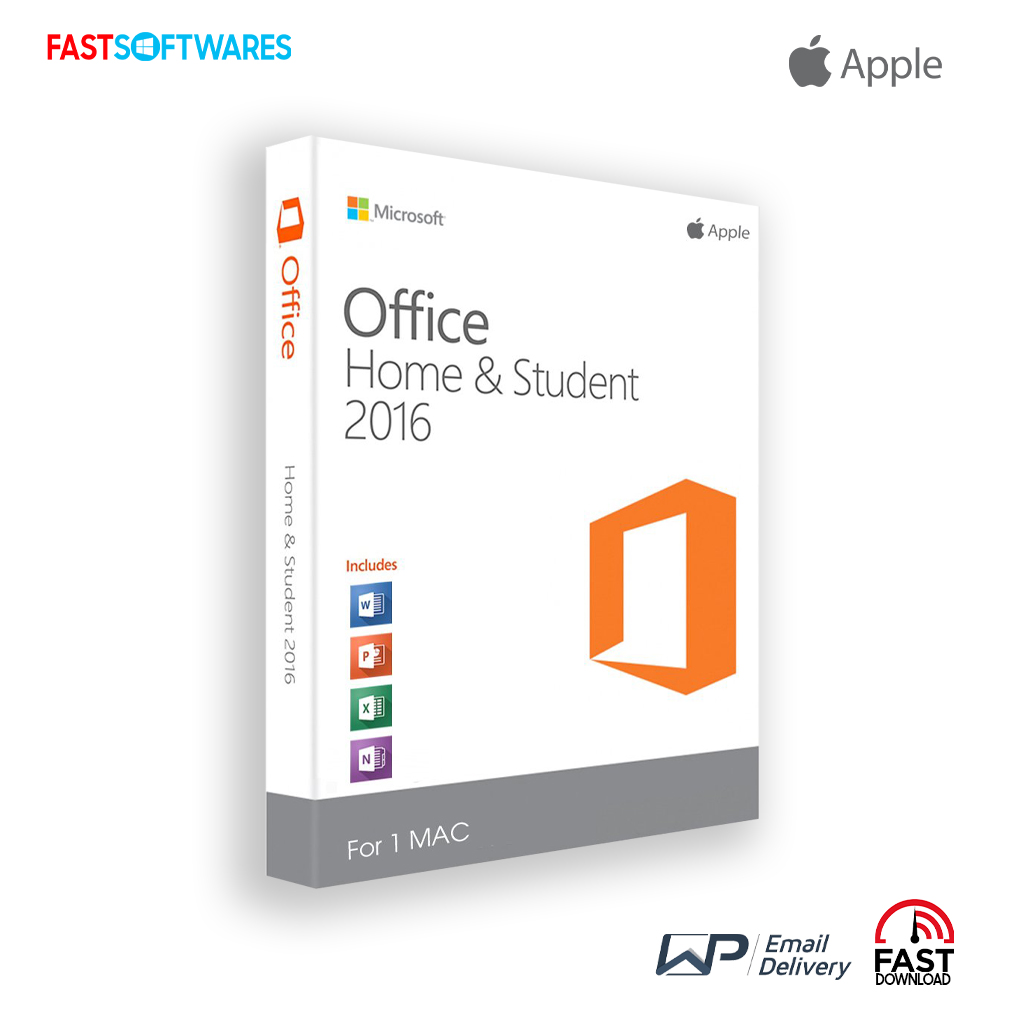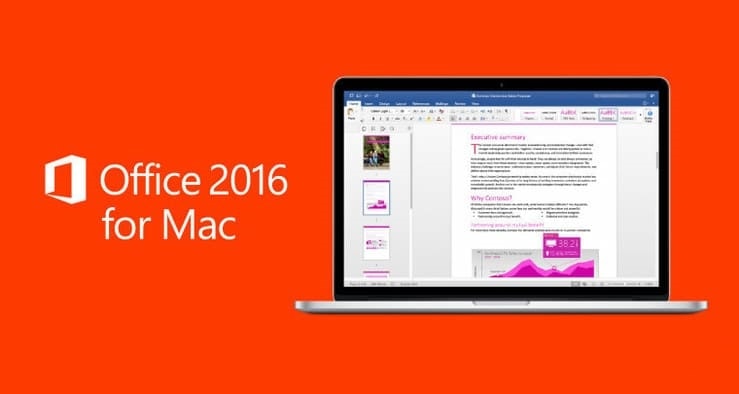
- #Microsoft office for mac tutorial for free#
- #Microsoft office for mac tutorial how to#
- #Microsoft office for mac tutorial mac os#
- #Microsoft office for mac tutorial install#
- #Microsoft office for mac tutorial update#
#Microsoft office for mac tutorial install#
The best way to run Windows on a Mac is to install it in a virtual machine.Ī virtual machine allows you to run Windows and macOS at the same time so that you can switch between the two at any moment with just one click.īy far the best virtual environment on Mac is Parallels which makes it extremely easy to install Windows on macOS.
#Microsoft office for mac tutorial for free#
#Microsoft office for mac tutorial how to#
If you’re interested in trying Windows 11, you can find instructions how to install Windows 11 on a Mac here.

Here we show you how you can easily get Windows 10 on your Mac for free, including Apple Silicon M1 Macs, in little more than 10 minutes. Microsoft doesn’t actually require users to activate Windows 10 or Windows 11 with a product key unless you want to customize the look of it.Īlthough you can of course purchase a Windows 10 or Windows 11 license (which costs $119.99 from Microsoft) the only advantage of activating it is that it allows you to customize the look for Windows 10 such as the desktop, lock screen, styling, removal of watermarks etc.įor most Mac users that just want to install Windows only programs or games on macOS, this is not necessary and so you can enjoy Windows 10 for free. The same is true for the recently released Windows 11 meaning you can also install Windows 11 on a Mac for free. The latest MacOSġ0.Many Mac users are still unaware that you can install Windows 10 on a Mac for free from Microsoft perfectly legally, including on M1 Macs.
#Microsoft office for mac tutorial mac os#
To help you navigate Microsoft’s Office for Mac compatibility, here’s a recent history of Mac OS versions and namesġ0.14 Mojave, released in September 2018. A practice Microsoft Windows could well learn from. The Mac name and version number are clearly displayed. You can find your MacOS version at Apple | About This Mac. Go to Windows, Settings | About and you’ll see a version number but not the name. Windows releases are promoted with names like ‘Creators Edition’ or ‘October 2018’ but those names are notably missing in Windows itself. Maybe Microsoft sticks with numbers because that’s what they do in Windows. So, naturally, Microsoft doesn’t use those names and instead reverts to the numbering Most people and Apple itself calls version 10.14 ‘Mojave’ instead. The latest MacOS is officially version 10.14. MacOS versions vs namesĪpple gives each major MacOS release a name but there’s also a version number. Older machines with ‘Mac OS Extended’ (aka HFS+) drives will still work but newer Mac’s come with APFS and no compression option. One major difference in High Sierra 10.13 is the switch to Apple File System APFS which does NOT support disk compression. One way to reduce the disk space used by Outlook for Mac was the disk compression see It’s method of saving data on the disk is wasteful and quite different to the PST/OST system in Outlook for Windows. Unless there’s a specific reason for keeping an older MacOS running, Office 365 for Mac customers should do proper backups then upgrade to at least Sierra 10.12 if not the latest MacOS Mojave. Cautious ones might wait a few months before updating (just like Windows users).
#Microsoft office for mac tutorial update#
Most Mac users update their MacOS relatively soon after an update comes out. The existing ‘Office 2016 for Mac’ code base is kept, for compatibility with older MacOS. Office 365 with El Capitan 1.11 or earlier. The difference is that Office 365 users get new and updated features while Office 2019 is fixed and doesn’t get updated features. That means both Office 365 for Mac and Office 2019 for Mac users share common code. These customers moved to the same code base as Office 2019 for Mac. The code base for the product changed depending on the version of MacOS being used. What happened back in September 2018?īack in September 2018 there was a mostly hidden switch in Office 365 for Mac software. But no updates, because those updates need the more recent Mac OS. If your computer has 10.11 (El Capitan) or earlier, Office 365 for Mac will still work and get Microsoft’s mainstream support.

The ‘subscription’ Office 365 for Mac available now needs the MacOS released in the last two years.

Office 365 for Mac needs Mojave, Sierra or High Sierra In short: Office 365 for Mac gives you the latest features and updates if you have the latest MacOS (Mojave 10.14) or the two before (10.13 High Sierra or 10.12 Sierra). The situation appears confusing, so we’ll try to break it down for you. Microsoft has a blog post might be accurate, but it doesn’t exactly shine with clarity. Some Office 365 for Mac users might not be getting the latest and greatest features. Office 365 for Mac users might well be confused about compatibility with their MacOS.


 0 kommentar(er)
0 kommentar(er)
